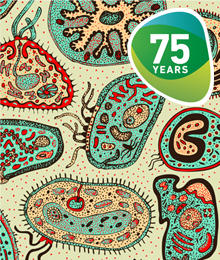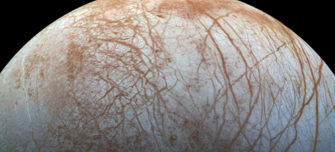Synthetic biology

What is synthetic biology?
Synthetic biology is a field that applies engineering principles, such as mathematical modelling or modularisation, to biological research. One of the technical advances that has significantly increased the ability to undertake synthetic biology, has been to artificially synthesise DNA, in order to create DNA parts.
By designing a system that can achieve the required outcomes, researchers use in silico modelling and whole-system analysis, to provide data about the effects of altering the function of a biological system. This data can be used to bring component parts together in different combinations and produce predictable devices, with the outcomes predicted through modelling.
The relative ease with which microbes can be manipulated has enabled the development of new technologies that can be applied to the study of life sciences and present potential solutions to global problems.
Why understanding synthetic biology is important to microbiology?
Synthetic biology offers researchers the opportunity to understand how biological systems work by piecing them together from their constituent parts, and may allow scientists to design organisms that perform a bespoke function. As the field of synthetic biology develops, real-world applications are moving from the realms of ideas and laboratory-confined research towards implementation.
Read more about how using synthetic biology can help enhance the research of our members and the wider microbiology community, access our additional resources and continue to learn more about new frontiers in microbiology, as we explore life on other planets.
-
Microbiologists working in this area
To celebrate our 75th anniversary in 2020, we invited microbiologists to nominate the discovery or event that best showcases why microbiology matters and helps us demonstrate the impact of microbiologists past, present and future. Learn more about the microbiologists who are working in the field of synthetic biology.
-
Resources and further reading
Discover more about the future of technology in microbiology, mind-altering microbes that contain the hallucinogenic properties of ergot, and how Synthia became the biggest piece of DNA, ever crafted by humans to run a cell.
-
Life on other planets
One of the biggest questions in astrobiology is how life originated on Earth. The building blocks of life and the organic molecules fundamental to life were present on Earth from the primitive Earth, where the basic unit of life, a cell, was formed. How this was done, is one of the main focused areas of research within astrobiology.
Image credits:
iStock/wacomka
NASA JPL Caltech SETI Institute





